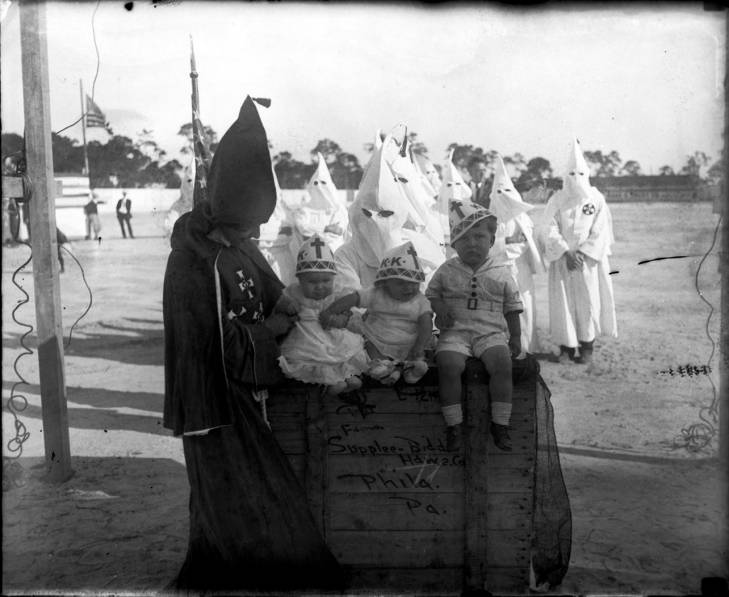When you think of Miami, you think of the beaches, the art, the South Beach area, a tourist paradise, and the rich Cuban culture. Miami is one of Florida’s most influential cities that produces many stars, politicians, and field leaders. Great things come out of Miami, however, there is one thing within the history of the city that is not so great — the Ku Klux Klan. Many people would not believe that a city like Miami had a klavern of the Ku Klux Klan, but that does not erase the history.

The Ku Klux Klan in Miami operated just as any other klavern of the Ku Klux Klan would. It thrived off of hatred, white supremacy, and oppression of others. In Miami, the klavern steadily enacted violence and fear—including lynchings, bombings and parades— starting in the early 1900s. Activities documented in the Miami-Dade Public Library digital collection on the Ku Klux Klan included baby baptism ceremonies, marches in white robes, church at The White Temple Methodist Church, going on parades, and funeral services. The collection does not include the terrorism that this klavern perpetuated in Miami.
One infamous act of terrorism that the Ku Klux Klan of Miami carried out was a raid on a gay club in Miami. On Nov. 15, 1937, nearly 200 klansmen and klanswomen stormed the club La Paloma in Miami-Dade county. While wearing their Ku Klux Klan robes, they struck fear into the community by showing up in mass, assaulting staff and performers, and demanding the club shutdown. The klan claimed that by attacking this nightclub, they were saving white, traditional families from intruding ethnic, gender, and sexuality challenges.
Often times the klavern was blamed for fragmenting the community of Miami. Marjory Stoneman Douglas reflected on the impact of the Ku Klux Klan in Miami by saying, “How could you be a community with people like that?” In her interview with the Douglas House, she recounted her encounters with seeing people lynched, tarred and feathered, and face to face altercations with the Ku Klux Klan. Though, she never wavered in her belief that the Ku Klux Klan did belong in the community. She said she liked the Coconut Grove area better than Miami because “it was a community of people who had backgrounds other than [Ku Klux Klan], and I’m quite sure there was no Ku Klux Klan in Coconut Grove.”
As Krystal Thomas at FSU Libraries notes, “libraries, archives and museums always think long and hard about how, or even if, to present this type of history in an online environment where it is hard to maintain its context and to ensure that people interacting with it understand its place in history and won’t potentially misappropriate it. However, there is no guarantee any of that would not also happen with researchers in our reading rooms or exhibit spaces. Ultimately, if they choose to, cultural heritage organizations share this information so that an accurate representation of our history is also online, however problematic that history may be to modern users. We try to use description to make sure digital objects are accurately represented and, where appropriate, include disclaimers to warn users about graphic or potentially triggering content.”
Overall, the state of Florida has a rich history, but sadly some of the history includes terrorist groups such as the Ku Klux Klan. Luckily, the activity of the Ku Klux Klan in Miami dwindled with the rise of the civil rights movement in the United States of America. Learn more about civil rights related content in the Civil and Human Rights search on SSDN.DP.LA.
